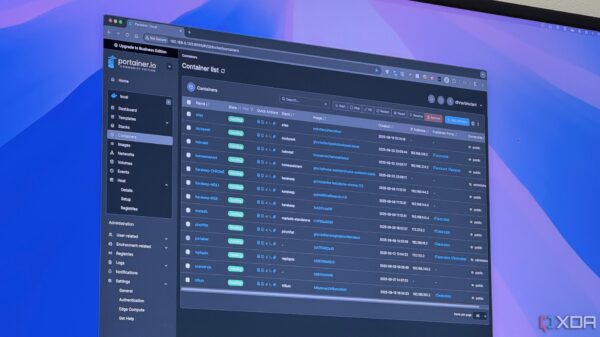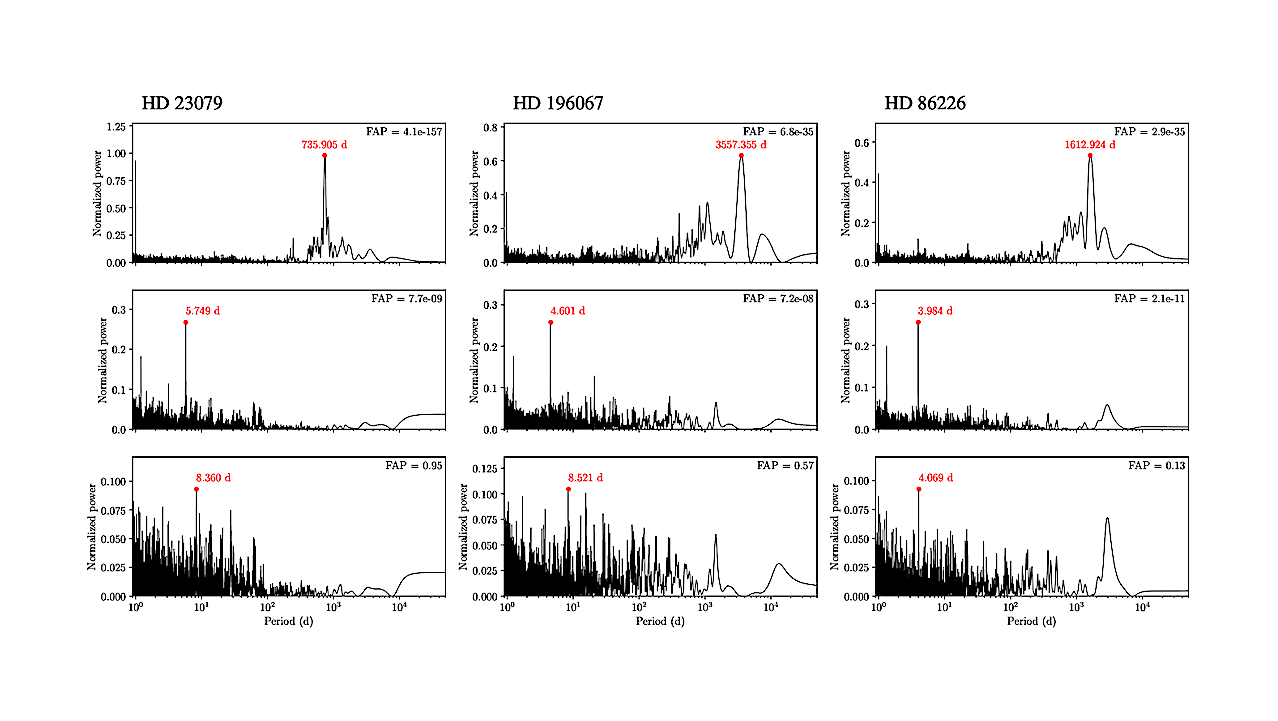Recent research has advanced the understanding of the relationship between outer giant planets (OGPs) and inner light planets (ILPs) in planetary systems. A study led by J.-B. Delisle and colleagues, published in Astronomy & Astrophysics, presents new detections of ILPs around the stars HD 23079, HD 196067, and HD 86226. This work is part of a long-term observational project utilizing the CORALIE, HARPS, and ESPRESSO instruments to investigate ILP occurrences in systems that contain OGPs and those that do not.
The correlation, or lack thereof, between OGPs and ILPs has been a subject of debate in both theoretical and observational studies. Different models predict varying relationships, with some suggesting a strong correlation while others indicate an anticorrelation. Previous studies have produced mixed results, primarily due to small sample sizes and heterogeneous data. The current research aims to address these discrepancies by ensuring homogeneity in the sample selection, focusing on stellar properties and observational strategies.
In this initial article of the series, the authors detail their methodology and present the findings of their observations. They report the detection of a planet with a mass of 8.3 M (Earth masses) orbiting HD 23079 every 5.75 days, a 10.4 M planet around HD 196067 with an orbital period of 4.6 days, and a confirmation of a previously detected 7.5 M planet at 3.98 days around HD 86226.
While this study does not provide a comprehensive statistical analysis, the relatively low number of detections challenges earlier findings that suggested a robust OGP-ILP correlation. The research team intends to conduct more extensive analyses in future studies, which will further explore this relationship.
The observations were made possible through the combined efforts of multiple research institutions and observatories, reflecting a collaborative approach to understanding planetary system formation. Given the significance of these findings, the research is poised to contribute valuable insights into the dynamics of planetary formation and the evolution of solar systems.
As the research progresses, it may reshape existing theories about how different types of planets interact and influence one another. The implications of these findings extend beyond academic interest, as they enhance our understanding of planetary systems, which could have broader implications for the search for life beyond Earth.







































































